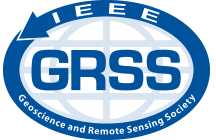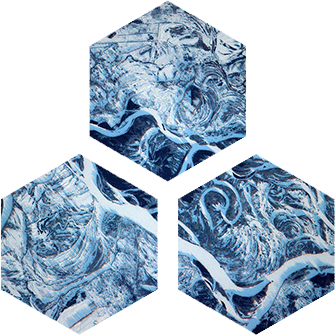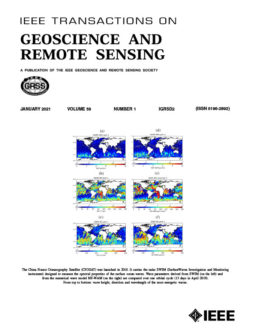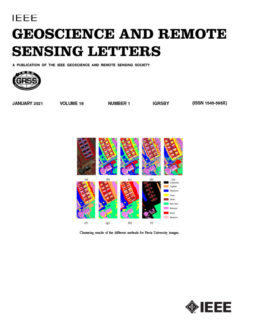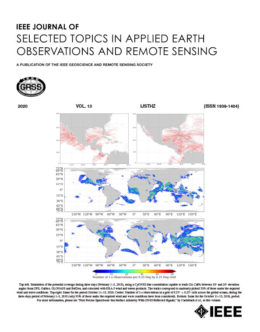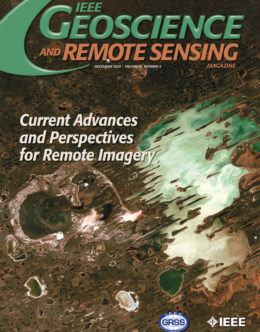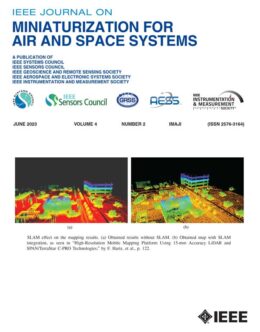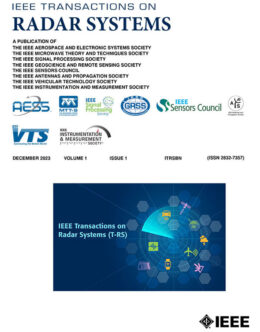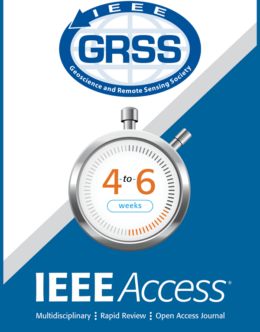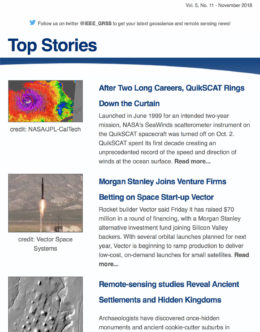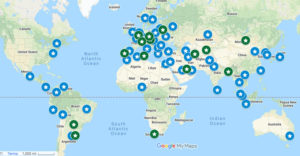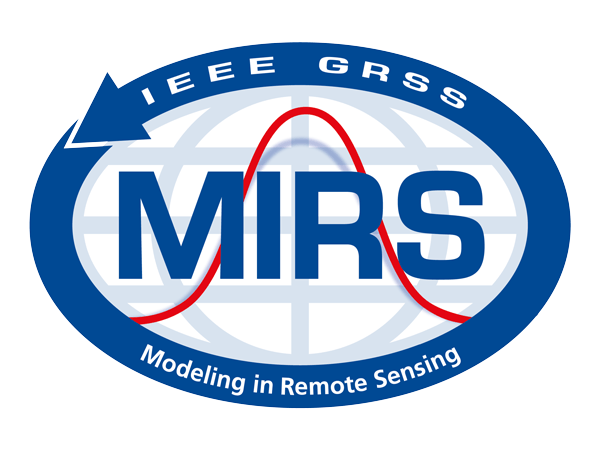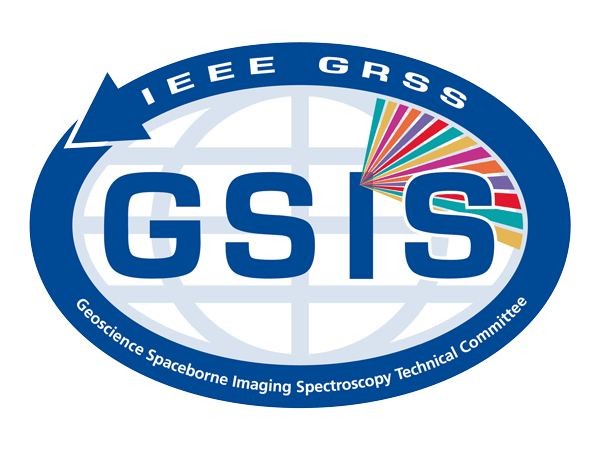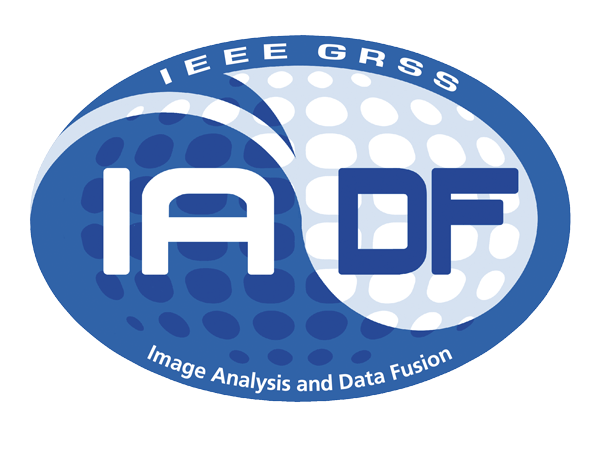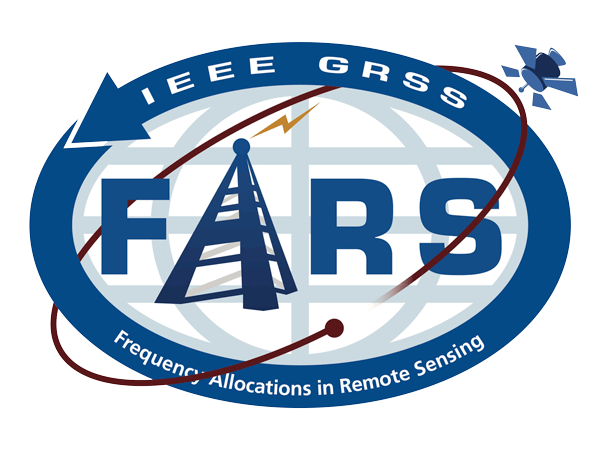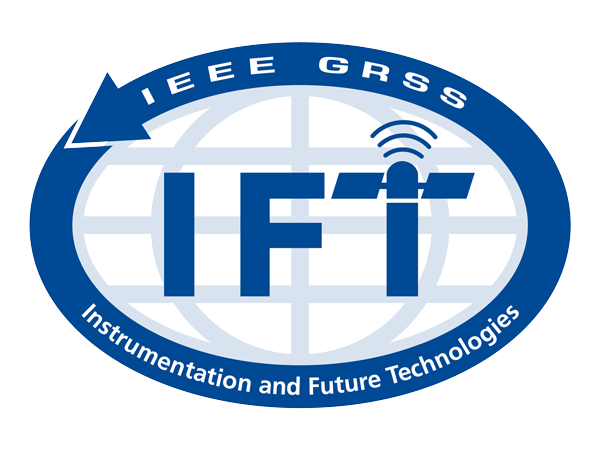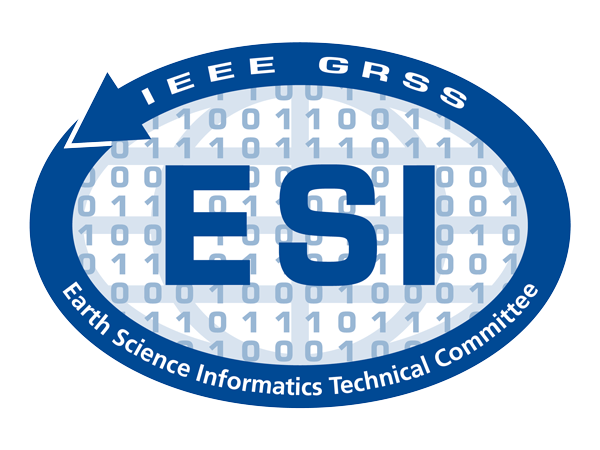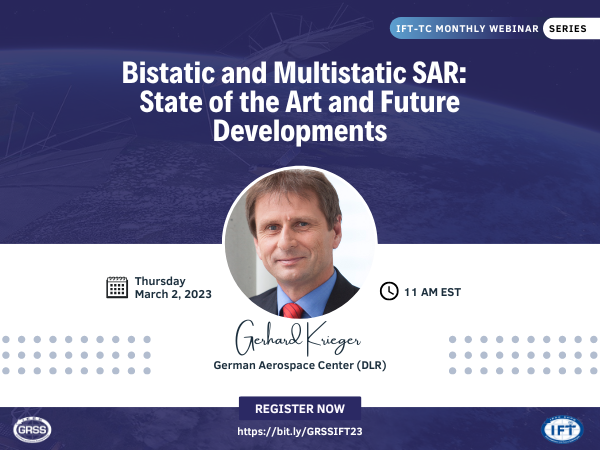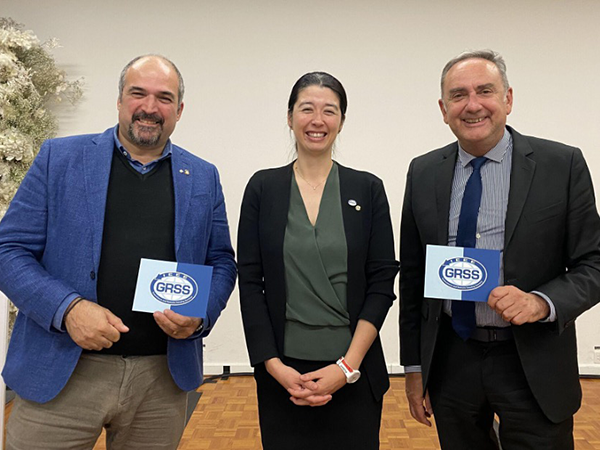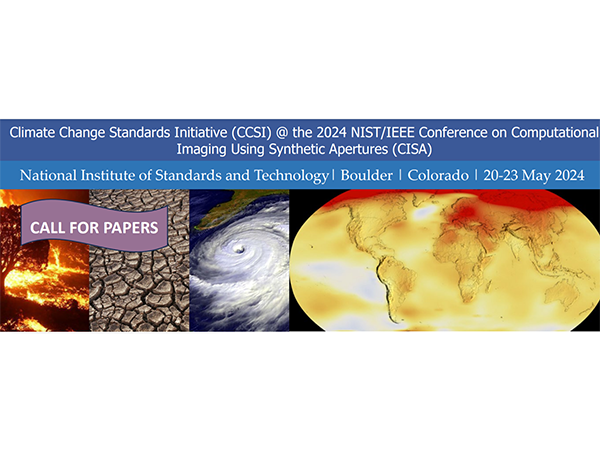Bistatic and Multistatic SAR: State of the Art and Future Developments
About the Webinar
Bistatic and multistatic synthetic aperture radar (SAR) systems operate with independent transmit and receive chains accommodated on different platforms. The spatial separation not only enables data acquisitions with adjustable bistatic angles, but also a multistatic sampling of the scattered electromagnetic wavefields with an array of distributed receivers. This unique information can be used for a variety of cutting-edge remote sensing applications that range from enhanced detection and classification, to the generation of digital elevation models with unprecedented accuracy and resolution, to SAR tomography for 3-D vegetation and ice mapping.
This webinar provides an overview of the current state of the art in bistatic and multistatic SAR systems and applications. Using examples from both airborne experiments and TanDEM-X, the first bistatic SAR mission in space, the challenges in the design and operation of bistatic and multistatic SAR systems will be explained, and their manifold opportunities to serve new remote sensing applications will be addressed based on two decades of practical experience. Finally, an outlook will highlight some recent developments and research trends in this rapidly evolving field.
About the Speaker
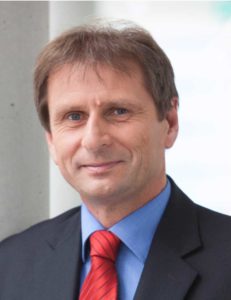

From 1992 to 1999, he was with the Ludwig Maximilians University, Munich, where he conducted multidisciplinary research on neuronal modeling and nonlinear information processing in biological and technical vision systems. Since 1999, he has been with the Microwaves and Radar Institute of the German Aerospace Center (DLR), Oberpfaffenhofen, Germany, where he started as a research associate developing signal processing algorithms for a novel forward-looking radar system employing digital beamforming on receive. From 2001 to 2007, he led the New SAR Missions Group which pioneered the development of advanced bistatic and multistatic radar systems, such as TanDEM-X, as well as innovative multichannel SAR techniques and algorithms for high-resolution wide-swath SAR imaging. Since 2008, he has been the Head of the Radar Concepts Department which currently hosts about 50 scientists focusing on new SAR techniques, missions and applications. He has been serving as Mission Engineer for TanDEM-X and he made also major contributions to the development of the Tandem-L mission concept, where he led the Phase-0 and Phase-A studies. Since 2019, he holds also professorship at the Friedrich-Alexander-University Erlangen, Germany, and he is author or co-author of more than 100 peer-reviewed journal papers, 9 invited book chapters, about 500 conference papers, and more than 20 patents.
Prof. Krieger has been an Associate Editor for the IEEE Transactions on Geoscience and Remote Sensing since 2012. In 2014, he served as the Technical Program Chair for the European Conference on Synthetic Aperture Radar and as a Guest Editor for the IEEE Journal of Selected Topics in Applied Earth Observations and Remote Sensing. He received several national and international awards, including two Best Paper Awards at the European Conference on Synthetic Aperture Radar, two Transactions Prize Paper Awards of the IEEE Geoscience and Remote Sensing Society, and the W.R.G. Baker Prize Paper Award from the IEEE Board of Directors.
